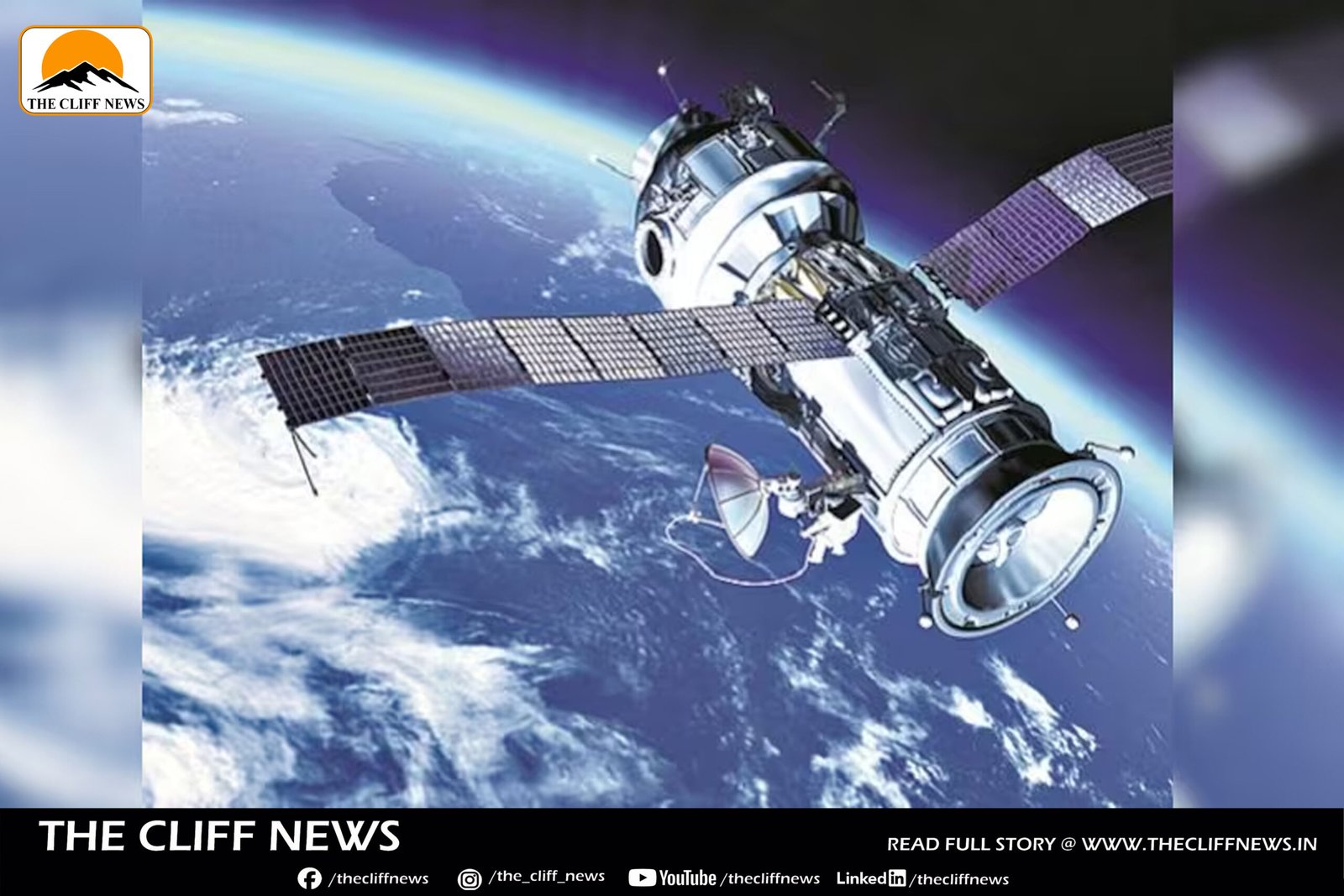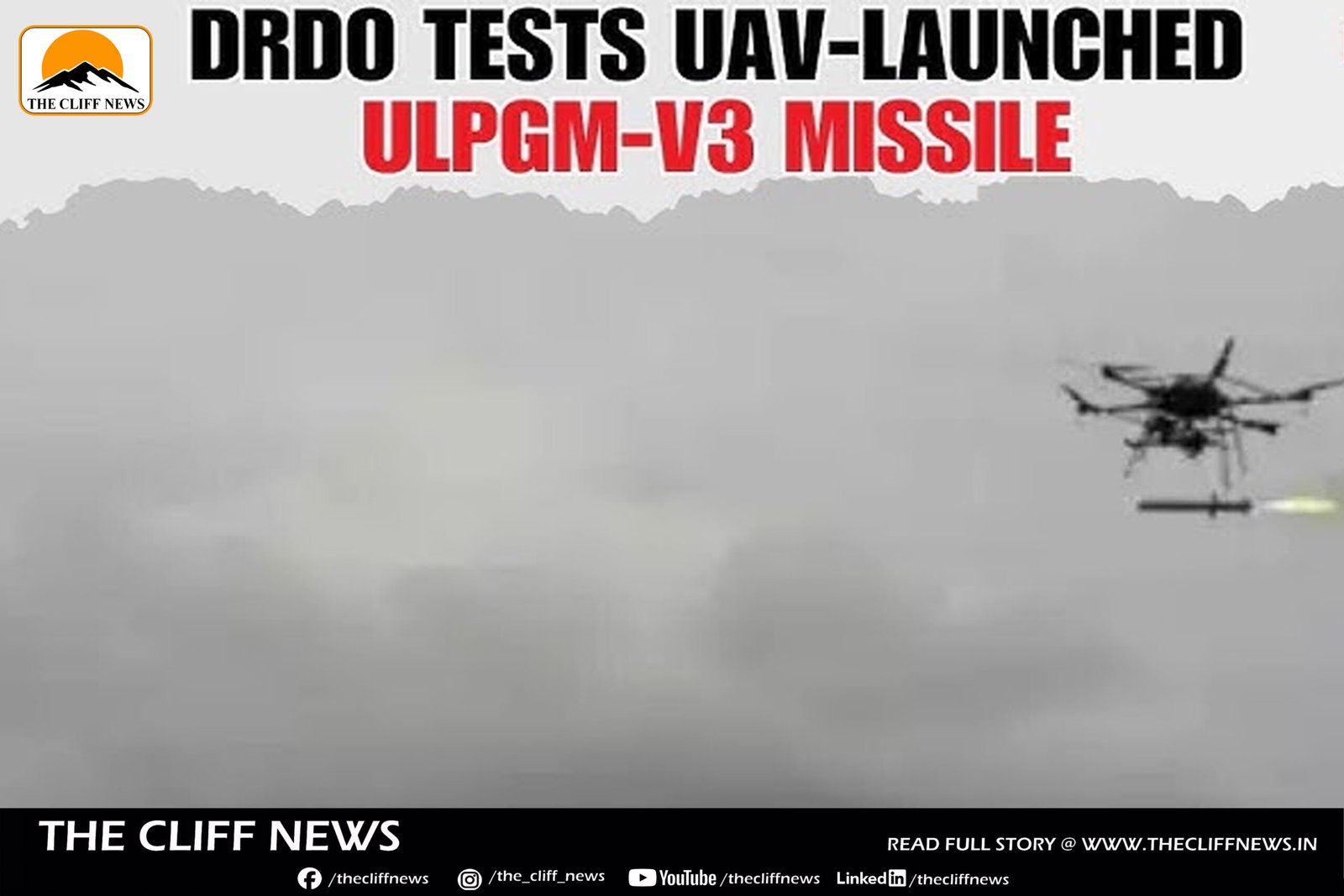When a powerful earthquake shakes the Earth, the effects don’t stop at the surface. According to a groundbreaking new study from Nagoya University in Japan, shockwaves from a 7.5-magnitude earthquake on the Noto Peninsula (January 1, 2024) not only damaged infrastructure on land — they rippled all the way into space, disrupting satellite signals by disturbing the ionosphere, a crucial part of Earth’s upper atmosphere.
The research, published in Earth, Planets and Space, marks the first-ever 3D visualisation of earthquake-driven atmospheric disturbances, using signal delay data from over 4,500 Global Navigation Satellite System (GNSS) receivers across Japan.
🌌 What Is the Ionosphere and Why Does It Matter?
- The ionosphere stretches from 60 to 1,000 km above Earth’s surface.
- It is charged with ions and electrons and plays a key role in satellite communication and GPS navigation.
- Any disruption in this layer can cause delays or errors in GPS signals, impacting everything from air traffic control to smartphones.
🌍 Earthquake Sends Sound Waves Skyward
The earthquake generated low-frequency sound waves that travelled vertically into the atmosphere, creating ripples in ionized particles. These disruptions slowed down satellite signals, allowing scientists to track the timing and strength of the disturbances and reconstruct a 3D map of the ionosphere’s reaction — a method similar to a medical CT scan.
🌊 Surprising Ripples in the Sky
Roughly 10 minutes after the quake, wave-like patterns appeared in the ionosphere, resembling ripples on a pond. But researchers noticed something unusual:
- Some wave patterns tilted southward, away from the epicentre.
- As the waves rose, they gradually realigned — a behaviour not predicted by traditional models, which assumed waves originated from a single point source.
🔍 A Fault-Line Revelation
Lead author Dr. Weizheng Fu and his team revised the model by factoring in the 150-kilometre fault line along which the earthquake ruptured. Rather than a single origin point, the sound waves were generated along the fault line, with different sections rupturing about 30 seconds apart.
This new model perfectly matched the strange, tilted wave patterns seen in the ionosphere — changing how scientists understand the atmospheric impact of large seismic events.
📡 Why This Matters
- As space-based technologies become more integrated into everyday life, understanding how Earth’s activity affects the upper atmosphere is critical.
- This research enhances earthquake monitoring tools and can help improve GPS reliability in disaster zones.
- It also paves the way for better forecasting of satellite signal disruptions in future quakes.
In short: when Earth rumbles, space listens — and now, thanks to this study, we can finally see how.



